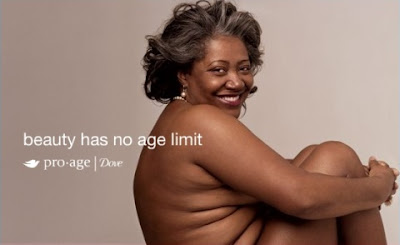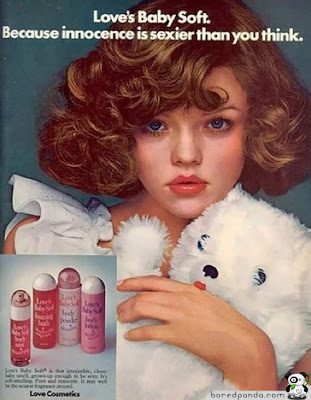This just came out:
CopyRanter coined the term 'AssCrackVertising' in response to this recent Daffy's campaign. In September, low-end fashion retailer Daffy's enlisted DeVito Verdi's advertising agency to take it one step further for their NY store:
- "We needed to find an interesting way to launch fall fashions at Daffy’s, a clothing retailer in NYC . We created a street-level event that blended window shopping, a fashion show and an interactive peep show. The Daffy’s “Undressing Room” featured live models stationed in the Daffy’s display window at the retailers Herald Square Flagship, right across the street from Macy’s. All through the night, pedestrians passing by the store were encouraged to send a text requesting the stylish clothes the models in the window must try on (and take off). Every text message Daffy’s received was on display for the crowds that had gathered to watch. And each of the models directly responded to the thousands of text messages that came in." September 2010 (video here).
 |
| PETA, longtime supporter of animals and public nudity. |
Now, I'm not saying that because we aren't as scandalized by these images as we once were that we should just open the floodgates and give marketers carte blanche. Hey, this isn't France. I think most people would agree that there is a time and place for risque advertisements, and that the demographic makeup of the audience should denote when/where ISN'T appropriate.
I have often wondered how Two and Half Men gets away with that lowbrow, lewd stuff at 5pm on Tuesday afternoon network TV. I guess the same way that cigarettes are marketed to children via smiling cartoon characters. I wonder what censors and ratings agencies exist to monitor the flow of advertising into our lives. We've all seen the emerald green "this preview has been approved for all audiences" screen, but what about the commercials that came before it?
 |
| Dove: banned in the USA |
 |
| Diesel: banned in the UK |
 |
| Opium by YSL: banned in Canada |
So, some things I learnt about who bans what and why:
- "commercial speech" is protected by the First Amendment in the USA and the Canadian Charter of Rights and Freedoms Section 2(b).
- This protection is not to the same degree as noncommercial forms of expression.
- The power to regulate unfair or misleading advertisements rests with the Federal Trade Commission in the USA.
- In Canada, several pieces of legislation define and criminalize false or misleading advertisements depending on their type (ie: Competition Act, Health Act...). Visit the CRTC website for more info or to make a complaint.
- Our courts use a 'balancing test' to apply limits to time, place, and manner of advertisement.
- Great article on the differences between US and Canadian regulation (apparently, we're better!)
- Generally, US courts will consider whether:
- the advertising is a lawful activity (can't be misleading in letter or intent)
- the regulation of the ad advances governmental interest
- the regulation of the ad is more extensive than necessary to serve public interest
 |
| Calvin Klein: banned in Australia Advertising Standards Council reasoned that the image, featuring model Lara Stone, glamorizes rape and violence. |
Calvin Klein (above) has a history of poking Censorship Bear. In fact, he built his eponymous brand around his renegade image, feeding off the gasps of those crusty enough to be offended by a little nudity. It's seems too simplistic to say that controversy and negative press made people want to buy his clothes, but it did. A certain kind of people, at any rate. Klein tapped into the despondent youth market like no one else, by placing himself in a vein a counterculture. His name offered an attractive paradox: buy in, without conforming. Remember those grayscale CK One ads full of androgynous, heroin chic models? They were advertising perfection. Calvin Klein has always used sex to sell, but the right kind for the times.
Most recently, an Eva Mendes TV spot was banned in US markets for being a touch too titillating, emphasis on the 'tit'. Eva's just one in a long line of Calvin Klein sexpots that sell clothes the best when they are wearing the least:
 |
| Nothing gets between Brooke and her Calvins. |
 |
| Early Kate Moss, at the height of waif chic. |
 |
| Marky Mark shows us his 'funky bunch' |
 |
| Eva Mendes recent print ads |






No comments:
Post a Comment